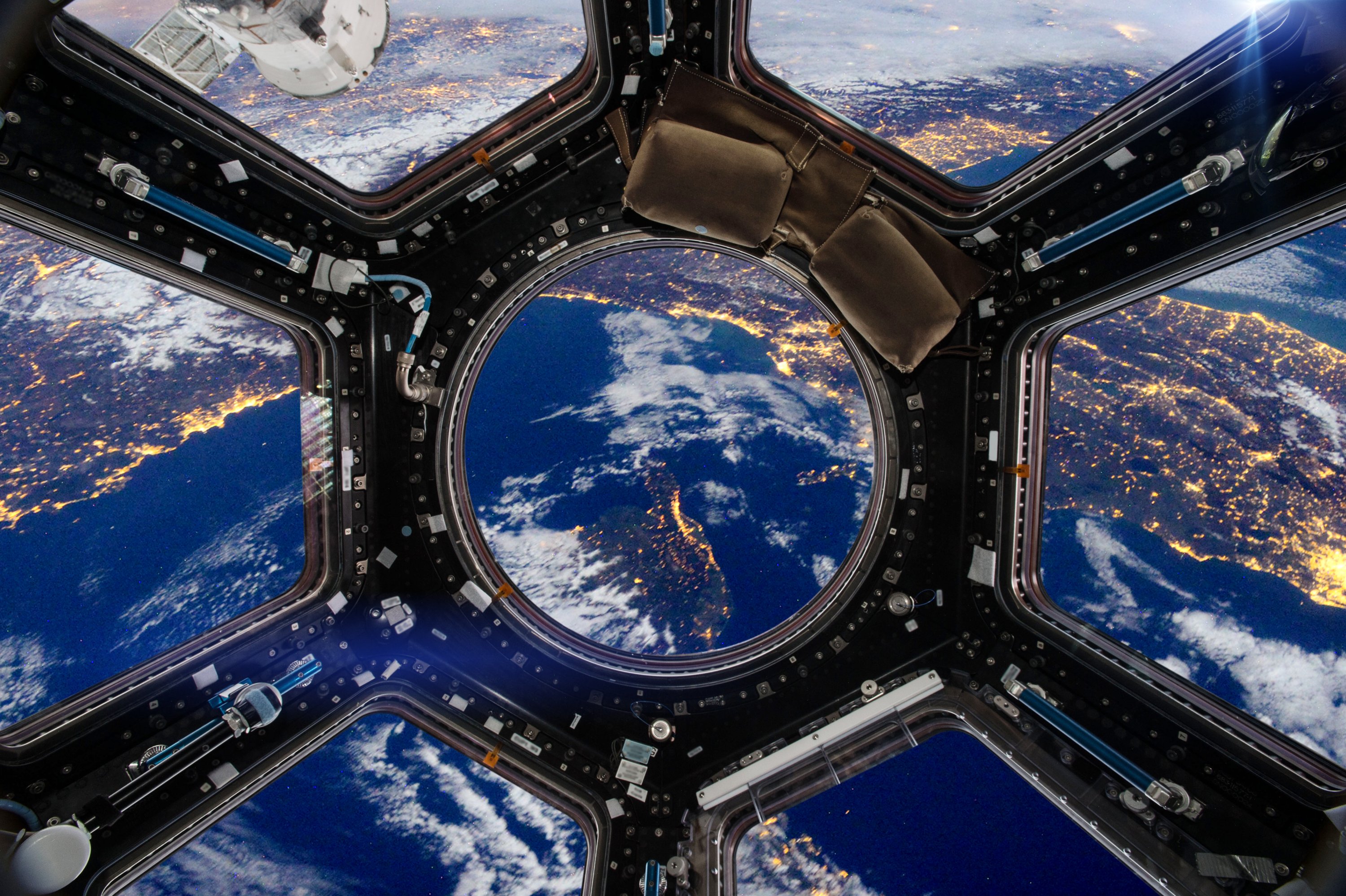IAU has been a member since 1922.

The mission of the International Astronomical Union (IAU), founded in 1919, is to promote and safeguard the science of astronomy in all its aspects through international cooperation. The IAU, through its 12 Scientific Divisions and 37 Commissions covering the full spectrum of astronomy, continues to play a key role in promoting and coordinating worldwide cooperation in astronomy.
IAU activities range from the definition of fundamental astronomical and dynamical constants and unambiguous astronomical nomenclature, rapid dissemination of new discoveries, organization of international observing campaigns, and promotion of educational activities in astronomy to early informal discussions of possible future international large-scale facilities. The IAU is also the sole internationally recognized authority for giving designations and names to celestial bodies and their surface features.
The organization of scientific meetings is a key activity. The triennial General Assemblies feature rich scientific programmes (over 800 oral and 2,100 poster contributions in 2003), the results of which are recorded in the IAU Transactions and Highlights of Astronomy. In addition, the IAU sponsors about a dozen symposia and colloquia each year; the Proceedings of these meetings are published under the auspices of the IAU as important records of the status of their scientific fields.
The IAU is also active in promoting astronomical education and research in countries where astronomy is not yet fully developed through the IAU International Schools for Young Astronomers, Teaching for Astronomy Development, and other programmes carried out in concert with various ICSU bodies and UN organizations.
The IAU places strong emphazis on the personal involvement of its over 9,100 individual Members from 94 countries worldwide. Contact with Members is maintained through the Information Bulletin, published twice per year and distributed free of charge to all individual Members, Adhering Bodies, and major astronomical institutes throughout the world, and also available online. This is supplemented by use of the Internet which provides news and archival information on a wide spectrum of the scientific and administrative activities of the Union, including contact information on scientific meetings.